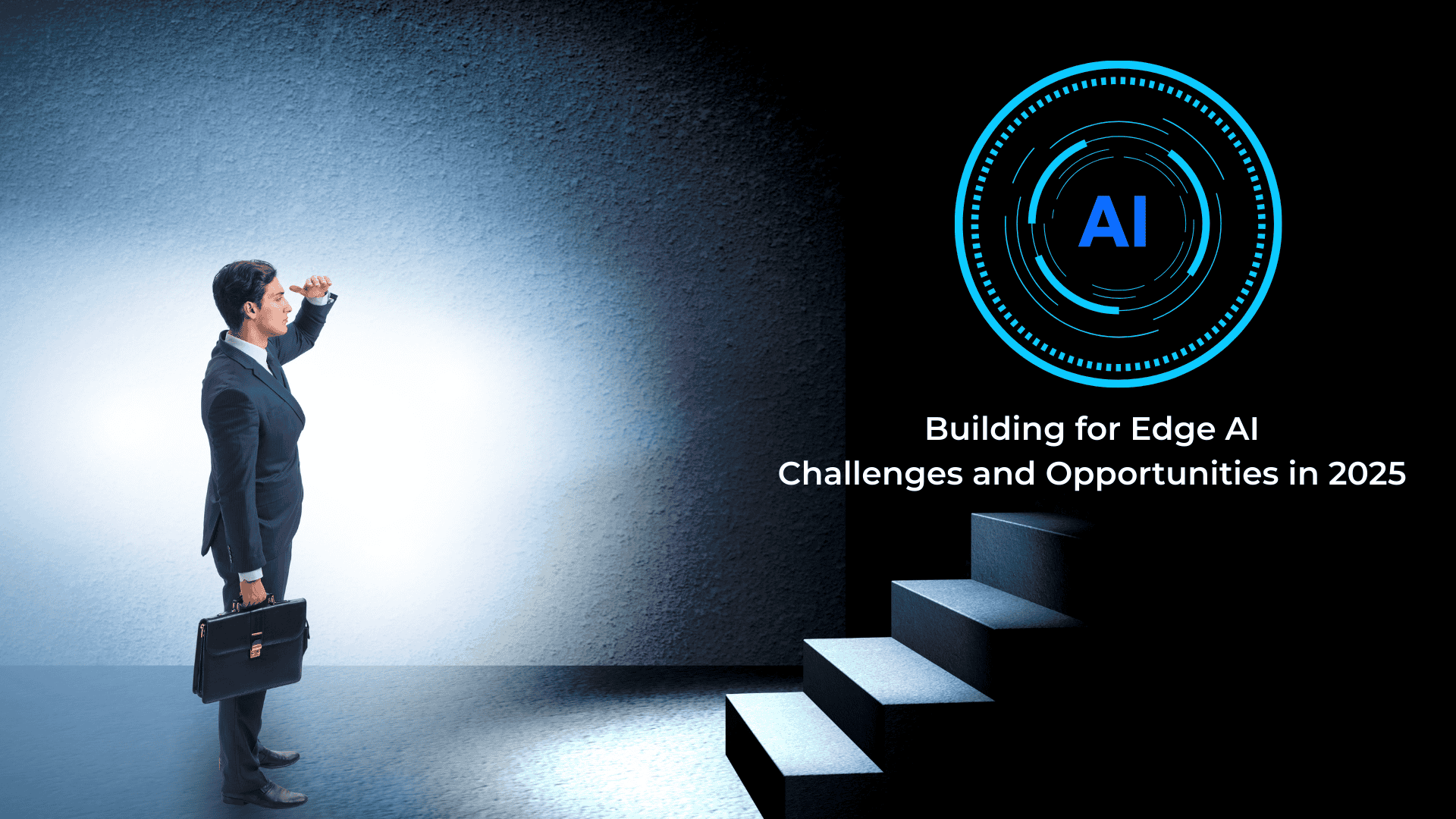As artificial intelligence continues to push boundaries, it’s no longer confined to cloud data centers and centralized servers. Enter Edge AI—the practice of running AI algorithms directly on edge devices like smartphones, sensors, drones, and IoT hardware. In 2025, Edge AI is no longer just a trend—it’s becoming a necessity.
With growing demand for real-time processing, privacy, and energy efficiency, Edge AI presents exciting opportunities and significant challenges for developers, engineers, and businesses.
What Is Edge AI?
Edge AI deploys AI models directly on edge devices, enabling them to process data locally rather than rely on a cloud server. This allows for:
- Real-time decision-making
- Reduced latency
- Lower bandwidth usage
- Improved data privacy
Typical applications include autonomous vehicles, smart cameras, medical wearables, and industrial sensors.
Why Edge AI Is Rising in 2025
Several key factors are accelerating the shift to Edge AI this year:
- 5G Expansion: Ultra-fast connectivity enables more robust communication between edge devices.
- Privacy Regulations: Stricter data laws like GDPR and HIPAA make on-device processing more appealing.
- AI Model Optimization: Smaller, more efficient models (e.g., TinyML) make edge deployment feasible.
- Battery and Chip Advancements: Improved hardware performance enables faster, more intelligent, energy-efficient AI operations.
Opportunities in Edge AI
1. Healthcare Innovation
Wearables can now analyze vitals and detect anomalies in real-time, enabling faster response times and preventative care.
2. Smart Manufacturing
AI on factory-floor devices can detect faults or anomalies instantly, minimizing downtime and optimizing operations.
3. Autonomous Systems
Drones, delivery robots, and self-driving vehicles rely on split-second decision-making, which is only possible through on-device AI.
4. Retail and Security
Intelligent surveillance, checkout-free stores, and customer behavior analysis tools benefit from fast edge-based AI processing.
5. Sustainability
Edge AI reduces data transfer to the cloud, lowering overall energy consumption and environmental impact.
Challenges in Building for Edge AI
1. Hardware Constraints
Edge devices have limited CPU, memory, and storage, making it challenging to run complex models without optimization.
2. Model Compression
Designing AI models that are accurate yet lightweight enough to run on-device is a significant engineering hurdle.
3. Security Risks
While local processing improves privacy, it also increases vulnerability to physical tampering and local attacks.
4. Scalability and Updates
Pushing updates or retraining models across thousands of devices in the field is still a complex task.
5. Data Fragmentation
Lack of centralized data storage can make continuous learning and improvement of AI models more difficult.
Best Practices for Edge AI Development
- Use model quantization and pruning to reduce size and energy consumption.
- Adopt federated learning for privacy-preserving model training across devices.
- Implement OTA (Over-the-Air) updates for continuous improvement.
- Choose hardware platforms with dedicated AI accelerators (e.g., Google Coral, NVIDIA Jetson, Apple Neural Engine).
- Ensure robust offline fallback systems in case AI misfires or fails.
The Future of Edge AI
By 2025, Edge AI is expected to:
- Power over 75% of IoT devices
- Support ultra-low latency applications like remote surgery and AR/VR.
- Fuel hyper-personalized user experiences across industries
- Become essential in regions with limited connectivity.
Edge AI isn’t just a technical trend—it’s shaping how the world interacts with data in real-time.
Conclusion
Edge AI represents the fusion of AI innovation with real-world immediacy. While the road to widespread adoption is full of challenges, the potential for more innovative, faster, and more private technology makes it one of the most promising developments in 2025.
The future of AI isn’t just in the cloud—it’s right at your fingertips.

